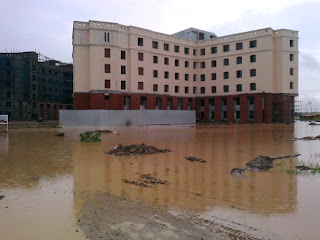List of problems recommended by Charu!
Chapter 3
Chapter 3
3.1: Example 1, Example 2
Problem Set 3.1: Q7 – Q11
Problem Set 3.3: 2, 3, 5, 6, 10, 13, 15
3.6: Example 1, Example 2
Problem Set 3.6: 2, 3, 5, 7, 8, 9, 10, 12, 13, 14, 15
Chapter 5
Table 5.1
Problem Set 5.1: 1, 2, 3, 4, 5, 6, 9 , 12, 14, 16, 17, 19, 20, 22, 24, 26, 27, 28, 32, 33, 34, 36,, 37, 38, 39.
5.2: Example 1, Example 2, Example 3, Example 4, Example 7, Example 8
Problem Set 5.2: 1, 2, 4, 7, 9, 13 – 20
5.3: Example 1, Example 2
Problem Set 5.3: 2, 4, 6, 7, 8 – 13, 21, 22 – 30.
5.4: Example 2, Example 3
Problem Set 5.4: 1-16
5.5: Example 1, Example 2, Example 3, Example 4
Problem Set 5.5: 1 – 33
Note:
You can use formulas listed in table 5.1 without proof. Apart from this table, other formulas for Laplace and Inverse Laplace of the function given by various theorems in Chapter 5 can also be used without proof. Any other formula used must be accompanied by a brief reasoning.




